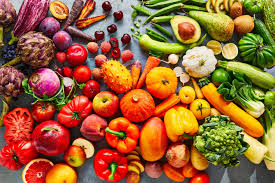Agriculture products
It includes arable farming, horticulture, animal husbandry and forestry, but horticulture and forestry are in practice often excluded. It may also be broadly decomposed into plant agriculture, which concerns the cultivation of useful plants, and animal agriculture, the production of agricultural animals.Agricultural and food products are extensively tested in the laboratory to ensure they meet compositional requirements, that they are authentic, free of adulteration, and comply with regulatory limits for residues and contaminants. Additionally, processed foods need to be analyzed so they can be labeled for nutritional purposes, checked for levels of food additives, and finally any packaging system used to provide protection during transport and storage must be checked so that it does not lead to trace levels of contamination. Sophisticated techniques have been developed to facilitate this food testing ranging from field-tests used for rapid screening to complex multitarget instrumental analysis to be used in the analytical food laboratories.Analytical chemistry has made tremendous advances over the last 10–15 years with dramatic improvements in methods of analysis exemplified by significantly higher sensitivity and vastly improved specificity of detection. The improved sensitivity has meant that detection of residues and contaminants in foods at parts per billion (ppb) levels (ng g–1) is now carried out routinely. Improved specificity means that complex food matrices can be analyzed, with a high degree of confidence in the correct identification and accurate quantification of the targeted residue or contaminant. With increased specificity, the time spent on sample extraction and cleanup has been reduced and many multimethods have been developed enabling screening for a large number of analytes in a single analytical run.




Get in Touch With Us